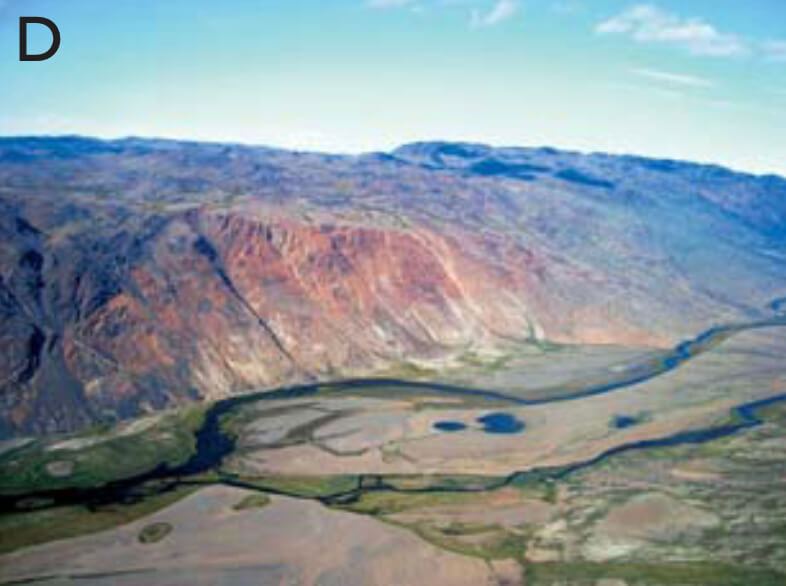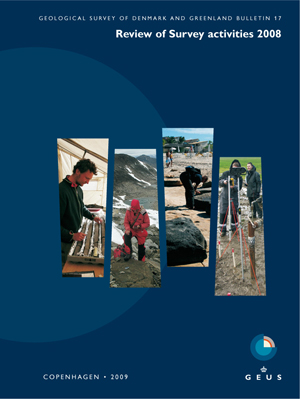
How to Cite
Share
Abstract
Remote sensing is the science of acquiring, processing, and interpreting images and related data acquired from aircraft and satellites that record the interaction between matter and electromagnetic energy (Sabins 1997). The 450–2500 nm wavelength region provides mineralogical information based on analysis of electronic absorption features in transitional metals, especially iron, and of molecular absorption features in carbonate, hydrate and hydroxide minerals (Hunt 1977). Landsat Thematic Mapper satellite images are widely used to interpret structure and geology, but due to their broad spectral bandpasses Landsat images cannot identify specific minerals. However, such details can be achieved by processing and analysing data from hyperspectral sensors. These sensors provide a unique combination of high spatial resolution and high spectral resolution imagery of the Earth’s surface unavailable from other sources (Goetz et al. 1985).
How to Cite
Share
Copyright (c) 2009 Enton Bedini, Tapani Tukiainen

This work is licensed under a Creative Commons Attribution 4.0 International License.
Downloads
Edited by Ole Bennike, Adam A. Garde and W. Stuart Watt
This Review of Survey activities presents a selection of 19 papers reflecting the wide spectrum of activities of the Geological Survey of Denmark and Greenland, including field-based, laboratory and remote sensing studies.
The Survey's activities in Denmark are illustrated by ten articles covering the [...]









